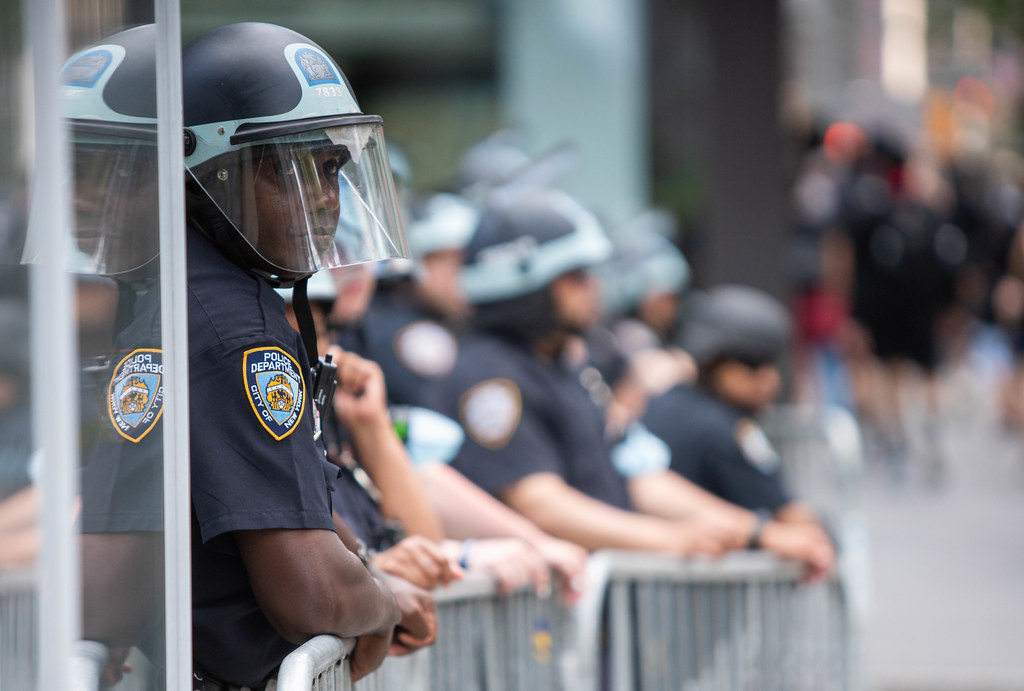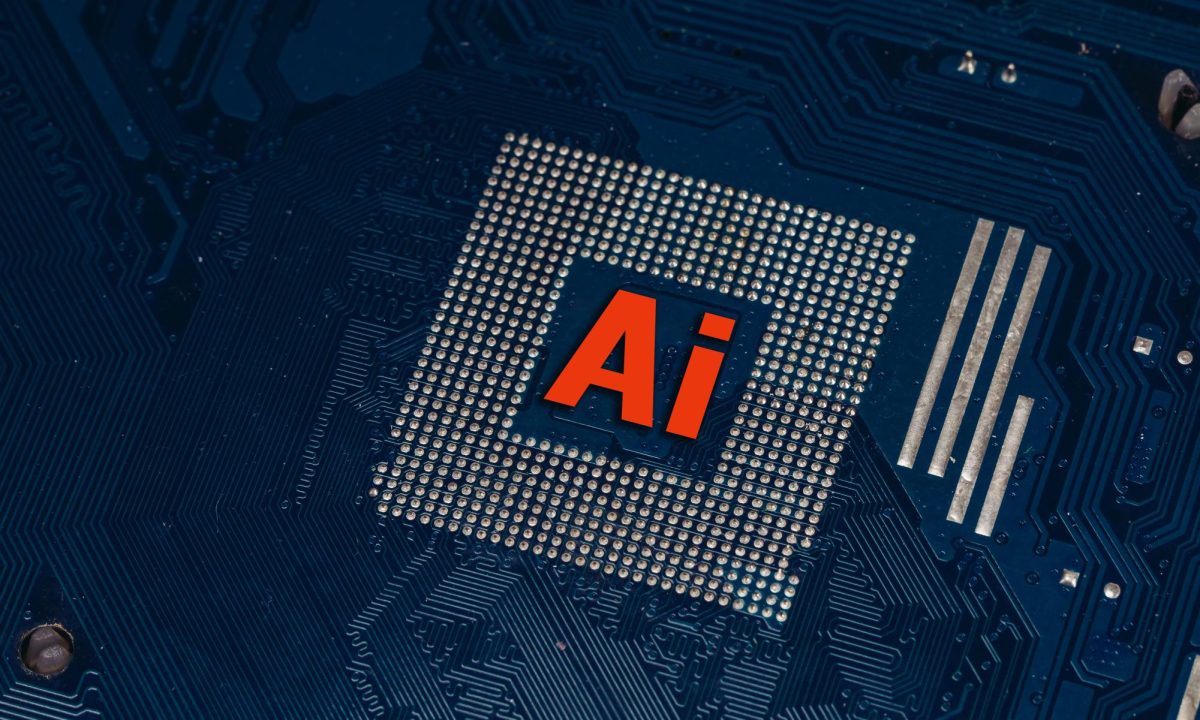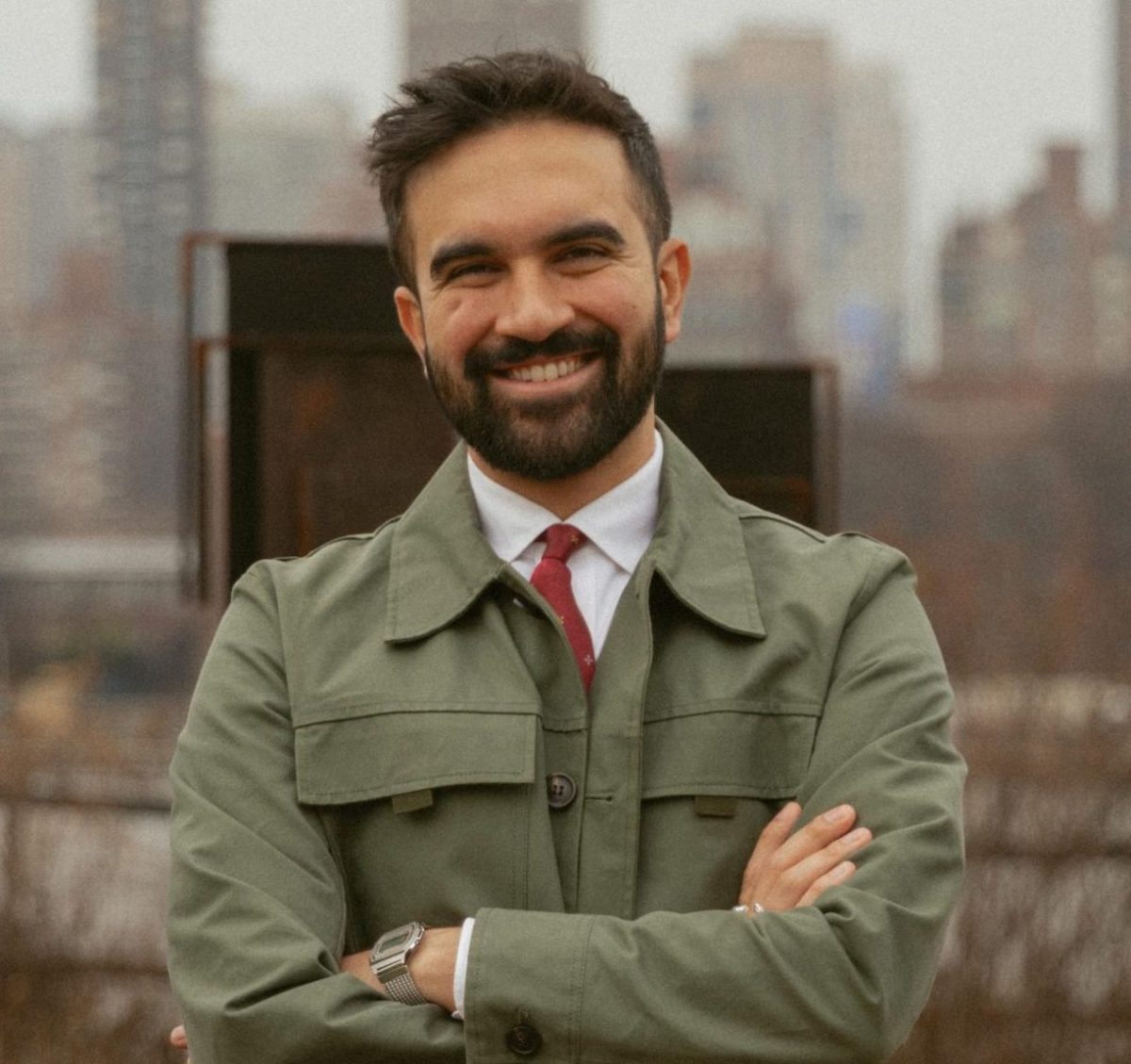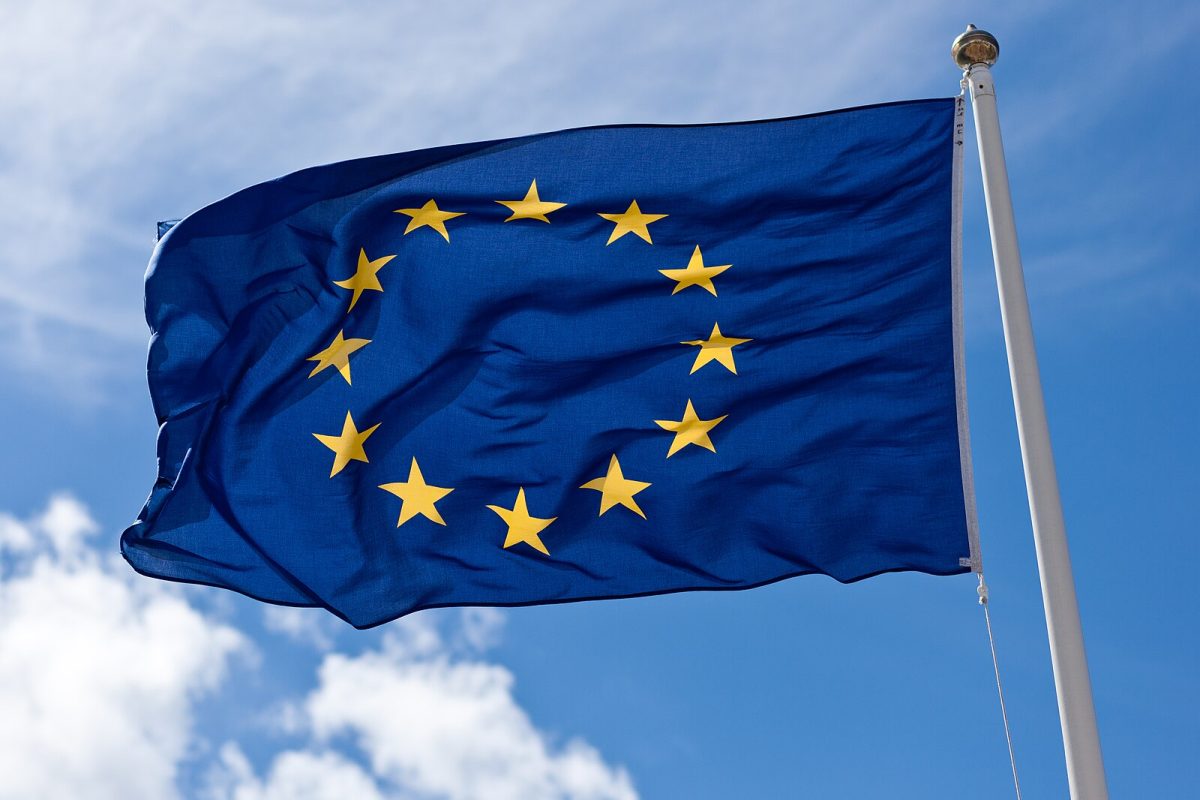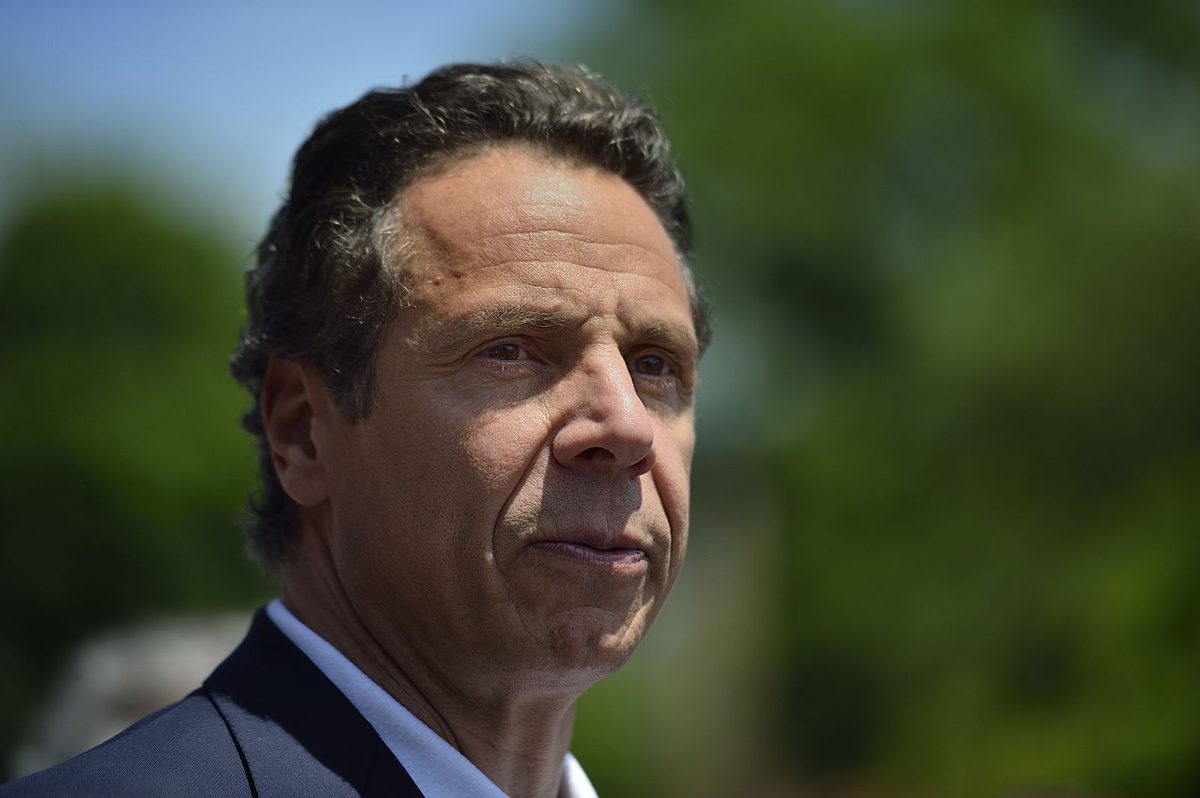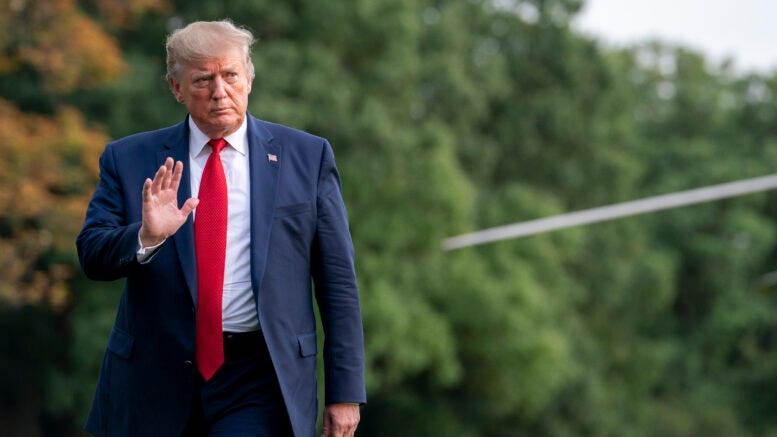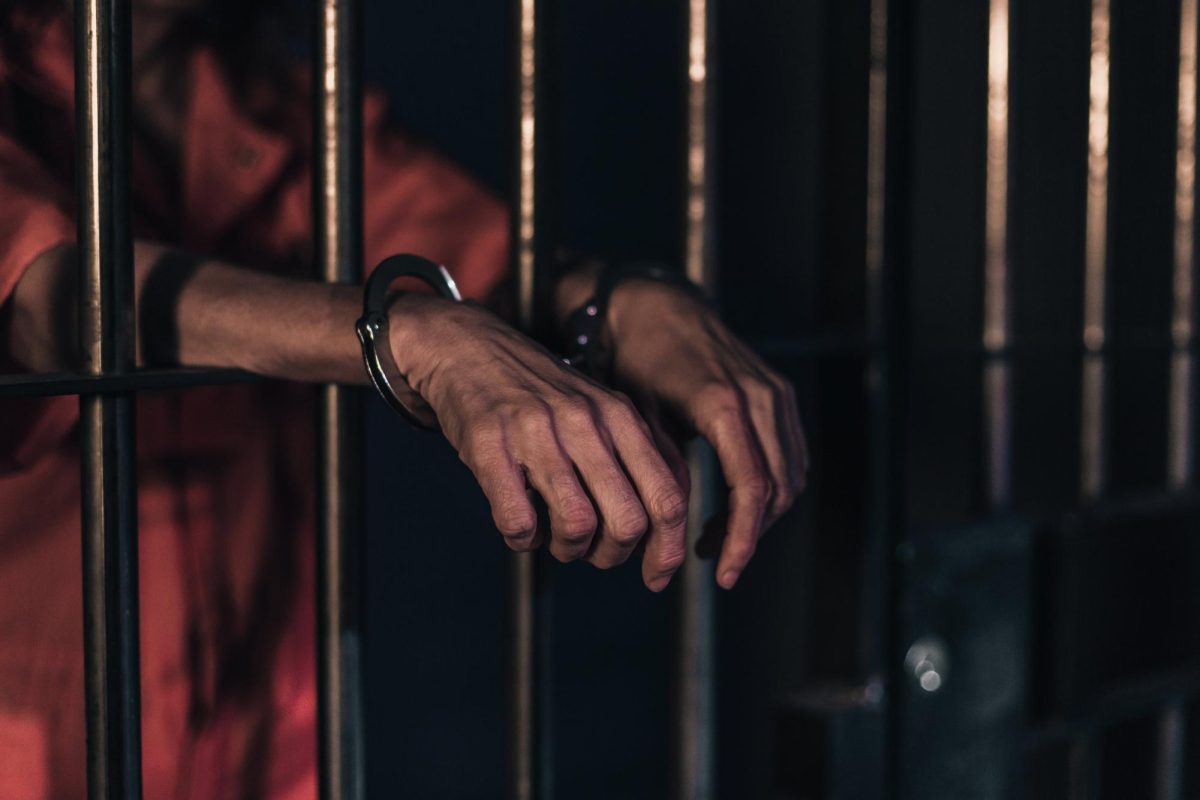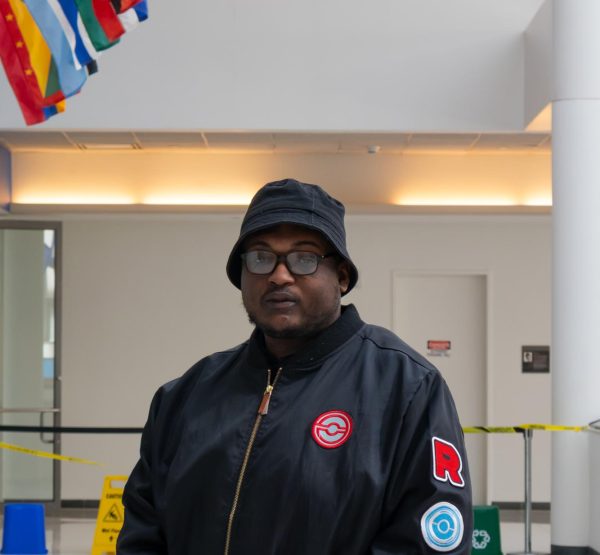The summer of 2020 will forever be marked by police brutality and seemingly endless nationwide protests. The unfortunate murder of George Floyd created a domino effect where the police will be able to properly handle large protests regarding social issues.
The New York Police Department has agreed to ban several of their policing methods that were primarily used during the 2020 protest over racial justice. According to The Guardian, the agreement of the NYPD changing their methods comes as part of a settlement responding to numerous lawsuits the police force faced.
The most notable lawsuit came from the New York State office when attorney general Letitia James sued the agency, accusing the department of abuse during the racial justice protests.
“The right to peacefully assemble and protest is sacrosanct and foundational to our democracy. Too often peaceful protesters have been met with force that has harmed innocent New Yorkers simply trying to exercise their rights,” James said.
According to James’ office, The NYPD will adopt a four-tiered response system that will focus on de-escalation rather than increasing police presence at protest spots throughout the city.
A tier system is a much safer way for handling future protests as it requires NYPD to stop and assess the situation rather than jumping straight into action, which enables an officer to avoid impulsivity. The key to ending police brutality lies within focusing on de-escalation rather than force.
The first tier is important as it begins with sending a police community affairs liaison to facilitate the protest. This resolves a large problem with police officers in today’s social climate, which is that oftentimes harsh action is taken before questions are asked.
This ‘act fast’ mentality can sometimes lead to unnecessary consequences that could have been avoided if the proper questions were asked.
A positive note to focus on about the reform is the lack of flying technology that the police will be allowed to use over large gatherings, which will minimize officers’ overbearing approach.
Overhauling NYPD’s tactics was beneficial as these policy changes were necessary to restore community trust towards law enforcement.
The NYPD has been notoriously known for facing accusations of cruel tactics when dealing with street protestors. The Black Lives Matter movement during the 2020 summer protest is a prime example on how policing was mishandled.
In Philadelphia, police sprayed tear gas on a crowd of peaceful protestors. The thought of using tear gas should only be used in extreme circumstances and not on peaceful protestors.
Additionally, nearly 150 NYPD officers were accused of using excessive force while responding during the 2020 protest according to a report from a civilian review board.
To bring to light the idea of proper police reform for handling protestors, it was vital for prominent figures to admit that change is needed. New York City Mayor Eric Adams, who is also a former police officer, reportedly celebrated the changes as he called the reforms balanced.
“Our administration is committed to improving our policies to keep New Yorkers safe and protect their civil liberties,” Adams said. He noted the reforms would protect public safety while also safeguarding the first amendment rights of demonstrators to exercise free speech.
New York City, like other large cities in the nation, is a breeding ground for fights against social injustice. So, the policy reform is a necessary protection for protests in future public demonstrations.
It is essential to protect the constitutional right to peaceful protest, uphold democratic values and ensure that law enforcement serves and protects the community rather than exacerbating tensions and violence.
By adopting more modern, community-oriented and de-escalation-focused strategies, the NYPD can better serve both the citizens of New York City and the principles of justice and democracy.


